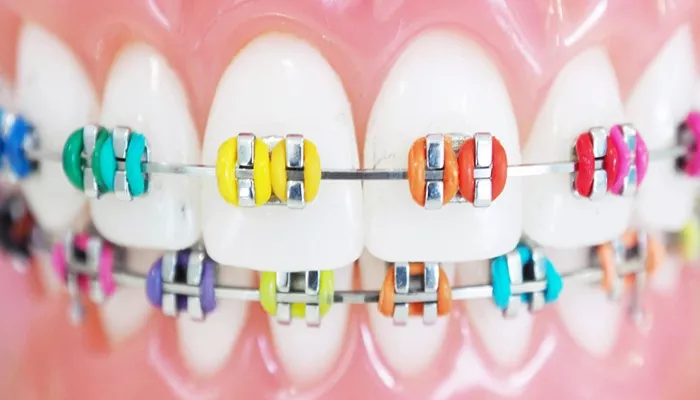After months or even years of wearing braces, many patients eagerly anticipate the day their orthodontic treatment concludes. The removal of braces is often celebrated as a significant milestone, marking the end of a long journey toward achieving a straighter smile. However, this moment also signals the beginning of another crucial phase in orthodontic care: the retention phase. One of the most common questions that arise during this time is whether retainers are necessary after braces. The simple answer is yes; wearing a retainer is essential for maintaining the results achieved through braces.
Why Are Retainers Necessary?
Retainers serve a critical function in orthodontics. After braces are removed, your teeth are in their new positions, but they are not yet stable. The supporting structures around your teeth, including gums and ligaments, need time to adapt and tighten around the new tooth positions. This process can take several months. During this time, if retainers are not worn, there is a high risk that teeth will shift back to their original positions, a phenomenon known as orthodontic relapse.
The primary purpose of a retainer is to hold your teeth in their newly aligned positions while your mouth adjusts. Think of retainers as a safeguard for your investment in braces; they help ensure that all the hard work put into straightening your teeth does not go to waste.
Types of Retainers
There are several types of retainers available, each with its own advantages and disadvantages. Understanding these options can help you make an informed decision about which type is best for you.
1. Removable Retainers
Hawley Retainers
Description: Made from a combination of plastic and metal wire, Hawley retainers are adjustable and can be customized with different colors or designs.
Advantages: Durable, adjustable, allows for natural bite adjustments.
Disadvantages: More noticeable than other types and may cause slight speech difficulties initially.
Clear Plastic Retainers (Essix)
Description: These retainers are made from clear plastic and fit snugly over the teeth.
Advantages: Nearly invisible, comfortable to wear, and effective at maintaining tooth position.
Disadvantages: Less durable than Hawley retainers and can be lost easily due to their clear appearance.
2. Fixed Retainers
Bonded Permanent Retainers
Description: These consist of a thin wire bonded to the back of the teeth, typically used on the lower front teeth.
Advantages: Permanent and cannot be lost; effective at preventing tooth movement.
Disadvantages: More challenging to clean properly and may require special dental care.
How Long Should You Wear a Retainer?
The duration for which you need to wear a retainer varies from person to person. Generally, orthodontists recommend wearing your retainer full-time for at least three to six months after braces removal. After this initial period, many patients transition to wearing their retainers only at night.
It is crucial to follow your orthodontist’s specific instructions regarding retainer wear. Some patients may need to wear their retainers longer or even indefinitely at night to maintain their results. This commitment is particularly important for individuals who had significant tooth movement during treatment or those who are prone to natural tooth shifting over time.
The Consequences of Not Wearing Your Retainer
Failing to wear your retainer as prescribed can lead to unwanted tooth movement. Many patients experience some degree of relapse if they do not adhere to their retainer schedule. This can result in misalignment that may require additional orthodontic treatment or even reapplication of braces.
Moreover, teeth naturally shift as we age due to factors such as bone loss and changes in gum tissue. Wearing a retainer helps counteract these natural tendencies and keeps your smile looking its best throughout your life.
Tips for Successful Retainer Use
To maximize the effectiveness of your retainer and ensure it lasts as long as possible, consider the following tips:
Follow Care Instructions: Clean your retainer daily with a toothbrush and mild soap or toothpaste. Avoid using hot water as it can warp the plastic.
Store Properly: When not in use, always keep your retainer in its case to prevent loss or damage.
Avoid Eating With It In: Remove your retainer when eating or drinking anything other than water. This prevents food particles from getting trapped and helps maintain hygiene.
Be Mindful of Discomfort: It’s normal for retainers to feel snug initially; however, if you experience significant pain or discomfort, consult your orthodontist immediately.
Conclusion
In summary, wearing a retainer after braces is an essential part of maintaining your newly straightened smile. While it may seem inconvenient after enduring months of orthodontic treatment, the benefits far outweigh any temporary discomfort associated with wearing a retainer. By committing to this phase of care, you protect your investment in braces and ensure that your smile remains beautiful for years to come.
Ultimately, every patient’s situation is unique; therefore, it’s vital to discuss your specific needs with your orthodontist.
They will provide tailored advice on how long you should wear your retainer and which type will work best for you.

